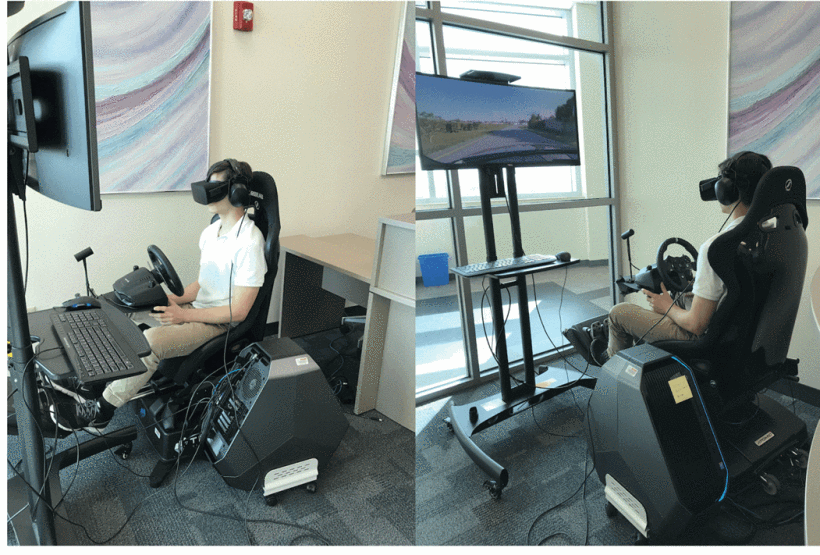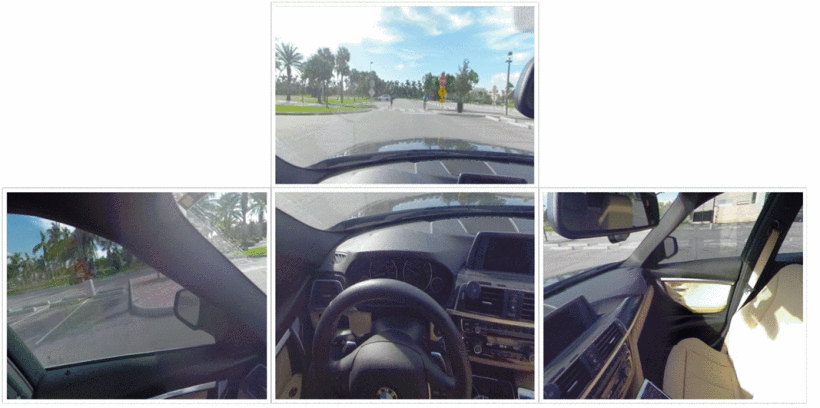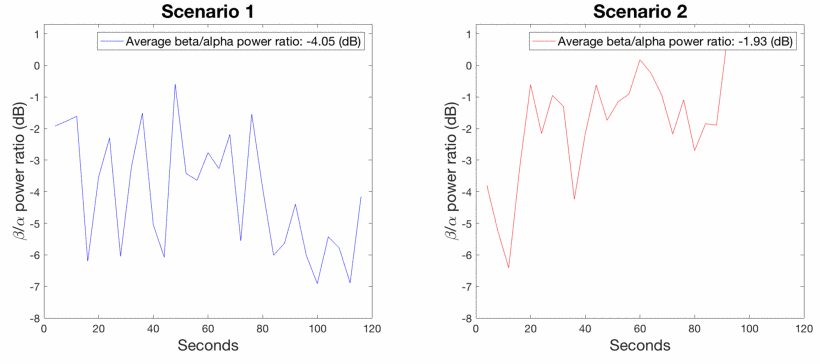With the manufacture of semi-autonomous cars already underway, major car companies predict the mass production of self-driving cars to happen in the early 2020s. However, for self-driving cars to be accepted in society, their existence needs to be predicated on a certain level of trust—something that has not yet been achieved and causes anxiety for many.
In order to tackle this problem, researchers from Florida Atlantic University have put forward a solution to help autonomous cars understand how their passengers are reacting to the vehicle’s driving, so that adjustments can be made to make users feel more comfortable.
“We aim to build new controllers for autonomous vehicles so that they can establish trust between passengers and self-driving cars,” explained Mehrdad Nojoumain, a member of the research team at Florida Atlantic University. “Using a VR-based self-driving car simulator, and various sensors to read passenger reactions, we’ve collected data to help inform the development of intelligent car controllers that can react to human fear and stress.”
These controllers would be responsive to human emotions such as trust, fear and stress. Using an electroencephalographic (EEG) recorder to measure brain activity, the researchers were able to track the study participants’ reactions while they sat in the VR-based self-driving car (SDC) simulator.

Figure 1: Participant using the SDC simulator
The test subjects were exposed to two different simulation scenarios. In the first scenario, the SDC performed smooth highway driving, maintaining a comfortable distance from other vehicles and following all rules of the road. In the second scenario, the SDC drove erratically around a residential neighborhood violating common rules of the road.

Figure 2: View from the simulation. Each frame representing the participant’s view as they turn their head to look around.
To determine the emotional state of participants, the researchers used the ratio of the average power between the beta and alpha waves measured in the EEG scan. Based on previous research, a high beta/alpha power ratio indicates a negative emotional response, while a low beta/alpha ratio indicates a positive emotional response.

Figure 3: The beta to alpha power ratios in the two test scenarios
The researchers found that the participants of their study displayed a higher beta to alpha power ratio in the second scenario compared to the first. In the second scenario, the spike at the 11 second mark occurs when the SDC simulation runs a stop sign and nearly collides with another car. The spike at the 50 second mark in scenario two occurs when the SDC aggressively drives down a winding street in a residential neighborhood, and the spike at 90 seconds occurs when the SDC abruptly stops at an intersection.
While these results show the value of using an EEG recorder to test the comfort levels of passengers in self driving cars, the researchers believe this method to measure robot-human trust could be used to aid the adoption of autonomous robots in other industries.
“Trust and societal acceptability will continue to play a significant role in the use of autonomous robots,” said Mehrdad Nojoumian. “Once we trust these robots, we can expect to see their implementation in care-giving situations, manufacturing in factories, rescue operations, and more.”
For more information on self-driving cars, visit the IEEE Xplore Digital Library.





